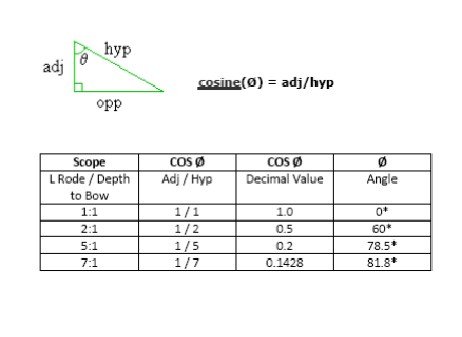timjet
Guru
- Joined
- Apr 9, 2009
- Messages
- 1,920
On the Chesapeake with it's mostly mud bottom I changed anchors recently to a Fortress, which incidently works very well on mud bottoms. The problem is retreving it.
Should I attach a 20' line to the head of the Fortress with a small float and slip it loose with the line before attempting to retrieve it?
Should I attach a 20' line to the head of the Fortress with a small float and slip it loose with the line before attempting to retrieve it?




